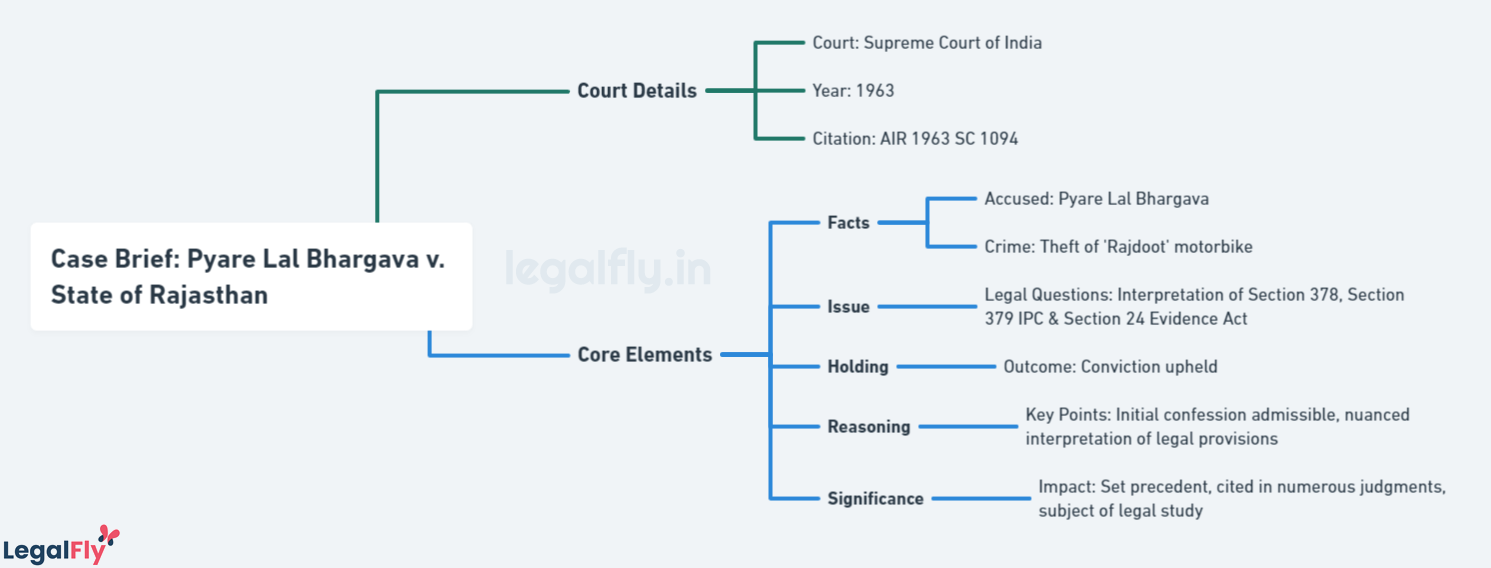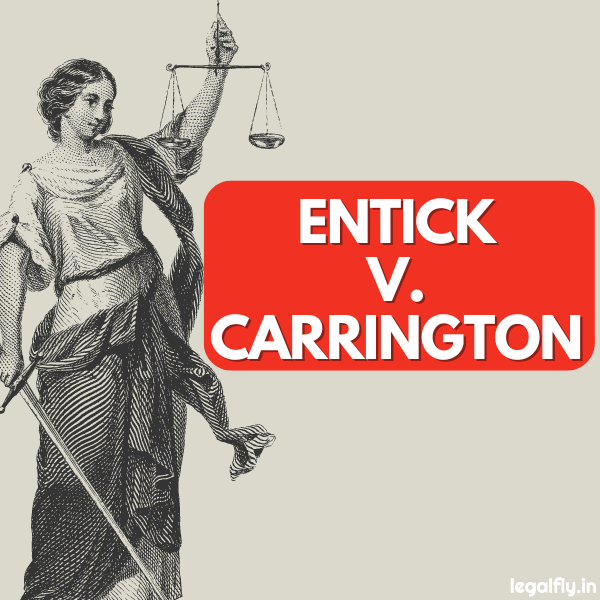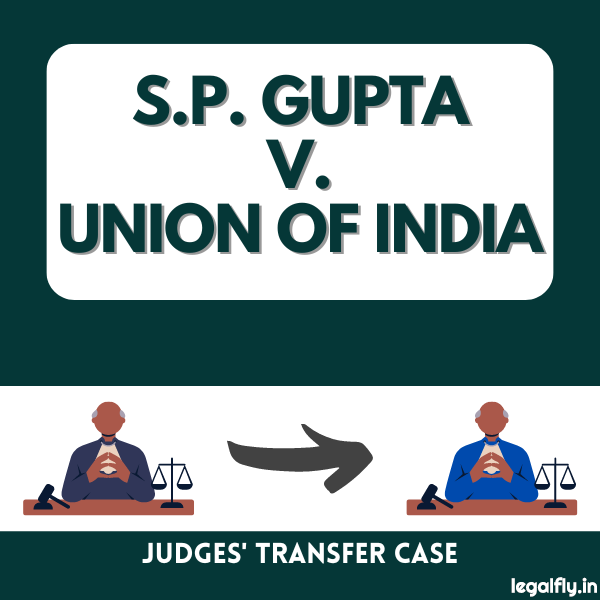Case Name: Pyare Lal Bhargava v. State of Rajasthan Court: Supreme Court of India Year: 1963 Citation: AIR 1963 SC 1094
Table of Contents
Introduction
Imagine being convicted based on a confession you later retract. Would the court still consider it? The case of Pyare Lal Bhargava v. State of Rajasthan is a landmark judgment that has had a profound impact on the Indian legal landscape, particularly in the interpretation of Theft under Section 378 and Section 379 of the Indian Penal Code (IPC) and confessions under Section 24 of the Evidence Act. This article aims to comprehensively analyze the case, from its key issues to its enduring relevance. We will explore all aspects of the case, including parties, legal provisions, and the precedent-setting judgment.
Background of the Case – Pyare Lal Bhargava v. State of Rajasthan
In 1963, Pyare Lal Bhargava was convicted under Section 379 of the Indian Penal Code (IPC) for Theft. The case was far from straightforward and raised significant questions about the interpretation of legal provisions, particularly Section 378 and Section 379 of the IPC and Section 24 of the Evidence Act. These legal questions became the foundation upon which the case was argued, setting a precedent for future cases involving similar issues.
Parties involved
- Pyare Lal Bhargava: The appellant, Pyare Lal Bhargava, was a government servant. His actions during the case became a subject of legal scrutiny, which had far-reaching implications for how Theft is understood in Indian law.
- State of Rajasthan: The respondent, representing the Indian state, pressed charges against Bhargava under Section 379 of the IPC for Theft. The State’s arguments were pivotal in shaping the court’s final decision.
Legal provisions implicated
The case prominently featured two legal provisions: Section 378 and Section 379 of the IPC and Section 24 of the Evidence Act.
- Section 378 and Section 379 of the IPC: This section deals with Theft and prescribes the punishment for the same. In this case, Bhargava was accused of stealing a ‘Rajdoot’ motorbike, which was a significant point of contention throughout the trial.
- Section 24 of the Evidence Act: This section pertains to the admissibility of confessions made under inducement, threat, or promise. Bhargava initially confessed to the Theft but later retracted his statement, raising questions about the validity and admissibility of such confessions.
Key Issues Raised
Extent of Section 24 of the Evidence Act
The first key issue pertained to Section 24 of the Evidence Act, which deals with the admissibility of confessions made under inducement, threat, or promise. In this case, Pyare Lal Bhargava initially confessed to the Theft of a ‘Rajdoot’ motorbike but later retracted his confession. This raised critical questions about whether such a retracted confession could be admissible as evidence. The court’s interpretation of Section 24 in this context has had a lasting impact on subsequent cases, shaping how confessions under inducement, threat, or promise are treated in the Indian legal system.
Definition and scope of ‘Theft’ under Section 378 of the Indian Penal Code
The second pivotal issue was related to the definition and scope of ‘Theft’ as outlined in Section 378 of the IPC. This section prescribes the punishment for Theft and was central to the charges against Bhargava. The case allowed the court to delve into what constitutes Theft under Indian law. The court’s judgment clarified the scope of Section 378 and Section 379, particularly in cases where the object of Theft is a vehicle, which in this case was a ‘Rajdoot’ motorbike.
Arguments Presented
Arguments by the Appellant
- Pyare Lal Bhargava’s counsel argued that his confession was induced by a threat from the Chief Engineer, thereby questioning its admissibility under Section 24 of the Evidence Act.
- The counsel emphasized that the term “appear” in Section 24 shows a low probability level, but a better interpretation would lie within Section 3 of the Evidence Act, which calls for a higher level of prudence and firmness over belief.
Arguments by the Respondent
- The State of Rajasthan argued that the act committed by Bhargava falls under the definition of ‘Theft’ as per Section 378 of the IPC.
- The State contended that Bhargava’s act caused a wrongful loss, even if temporary, and thus constitutes Theft.
The case focused on the interpretation of Section 24 of the Evidence Act, Section 378, and Section 379 of the IPC. The court also discussed its flexibility under Section 24 of the Evidence Act to form an opinion on the admissibility of confessions made under inducement, threat, or promise.
Judgment Analysis
Lower Court’s Decision
The Lower Court convicted Bhargava based on his initial confession and eyewitness accounts. He was found guilty under Section 379 of the IPC and was sentenced to rigorous imprisonment. The court relied heavily on the confession and did not delve into the complexities of Section 24 of the Evidence Act or Section 379 of the IPC.
High Court’s Decision
The Rajasthan High Court upheld the Lower Court’s judgment, emphasizing the validity of Bhargava’s initial confession. The High Court dismissed Bhargava’s appeal, stating that the confession was made voluntarily and was, therefore, admissible as evidence. The court did not provide a nuanced interpretation of the implicated legal provisions but instead focused on the admissibility of the confession.
Supreme Court’s Decision
The Supreme Court provided a more nuanced interpretation of the legal provisions involved. While upholding the conviction, the apex court shed light on the complexities of interpreting Section 24 of the Evidence Act, Section 378, and Section 379 of the IPC. The court clarified that confessions made under inducement could be considered inadmissible, offering a more complex interpretation of Section 24. It also expanded on what constitutes Theft under Section 378, stating that even temporary wrongful loss can be considered Theft.
Key Takeaways from the Judgment
- The Supreme Court clarified that the admissibility of a confession made under inducement, threat, or promise should be carefully scrutinized. The court emphasized that such confessions could be considered inadmissible, thereby providing a nuanced interpretation of Section 24 of the Evidence Act.
- The apex court expanded the scope of what constitutes Theft under Section 378 of the IPC. It stated that even a temporary wrongful loss could be considered Theft, thereby broadening the interpretation of this legal provision.
- The Supreme Court’s nuanced interpretation of these legal provisions sets a precedent for future cases involving similar issues.
Criticisms and Controversies: Was it Really Theft?
While the judgment was legally sound, it did spark debates and discussions among legal scholars and the public.
While the court found Bhargava guilty of Theft under Section 379 of the IPC, questions have been raised about whether the facts of the case truly meet the criteria for Theft as outlined in Section 378. The IPC defines Theft as the dishonest removal of property without the owner’s consent. In this case, the court’s interpretation of what constitutes “dishonest removal” and “without consent” has been debated among legal scholars. Some argue that the temporary nature of the wrongful loss should not be categorized as Theft, thereby questioning the court’s interpretation.
Additionally, the court’s decision to uphold Bhargava’s conviction based on his initial confession, which was later retracted, has also been a point of contention. While the judgment was legally sound according to the existing provisions, it has sparked debates among legal scholars and the general public. The ethical implications of using induced confessions as evidence have led to calls for legal reform.
Conclusion
The Pyare Lal Bhargava v. State of Rajasthan case is not just a legal story; it’s a lesson that has changed how criminal law works in India. This case has made everyone think deeply about two critical laws: Section 378 and Section 379 of the IPC, which talks about Theft, and Section 24 of the Evidence Act, which deals with confessions. Because of this case, judges and lawyers now have a guide on how to think about these laws in future cases.
Even years after the court’s decision, law students still study this case, and judges still refer to it. It has become a key example of criminal law in India. This case is not just about one man being found guilty of Theft; it’s about understanding the deeper layers of our legal system.
So, this article has tried to give you a complete picture of why this case is so important. Whether you’re studying law, practicing it, or just interested in it, this case gives you a lot to think about when it comes to understanding the complexities of law in India.
References: https://indiankanoon.org/doc/1689792/ https://legalfly.in/theft-vs-extortion-detailed-analysis-comparative-study/





